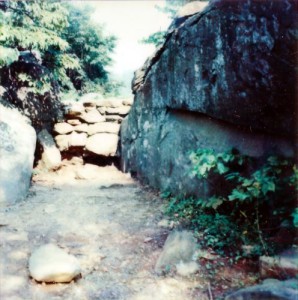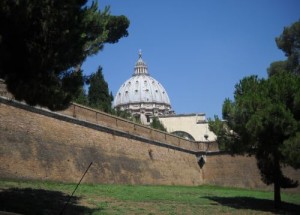Last Rites for the Jade Sea? by Neil Shea, photographs by Randy Olson
Last Rites for the Jade Sea? is about Lake Turkana, which sits on the border between Kenya and Ethiopia, and the Daasanach people, who depend on the lake for their livelihoods. Lake Turkana sits not terribly far from the Great Rift Valley, where humanity began, and the ancestors of modern humans lived on its shorelines.
And, as with so many smaller bodies of water, Lake Turkana is threatened. The lake has been shrinking for 7,000 years. The trend has increased in recent years, and may be threatened further by a proposed dam and planned sugar plantations on the Omo River. The Omo River is the main river that feeds Lake Turkana. Sugarcane uses a lot of water and the dam will certainly not help the flow of water to the lake.
The Daasanach are underrepresented in Kenya’s government and so it is likely that their concerns, and their very homes, may never be taken into account as the governments of Ethiopia and Kenya make plans for the Omo River and the region around the lake.
Still Life, by Bryan Christy, photographs by Robert Clark
Christy takes us to the World Taxidermy Championships in St. Charles, Missouri, and then further into the history of taxidermy. My interest in taxidermy is superficial at best. I have many fond memories of the taxidermied animals at the Field Museum of Natural History (likely to come to a Northern Illinois Destination post near you sometime in November). The Field Museum has the skins of the lions that were the subject of the movie “The Ghost and the Darkness.” One lion is kind of standing up and the other is lying on some rocks. If you’ve been through that room, you have probably seen them. They now have a big sign and everything, though I don’t think they had that sign when I was younger.The lions are smaller than they were in life because they were used as rugs for 25 years in the home of the man who killed them (and who was played by Val Kilmer in the movie), and they were in the kind of shape that you’d expect a 25-year-old fur rug to be. As a result, the taxidermists had to trim them down to make it work.
Then there’s Jenny Lawson. Her blog, The Bloggess, is about Lawson’s life and mental illness and the weird and wonderful things that happen in her life. Lawson also collects taxidermied animals. Her rules for her collection are that the taxidermy has to be older than she is, or that the animal has to have died of natural causes. And despite this, she has amassed a really amazing collection of taxidermy animals.
So, overall, this was a pretty interesting read. Though sharing my home with the skin of dead animals which has been wrapped around a plastic form so that it looks like the animal might have looked in life isn’t really a goal of mine.
Laos Finds New Life After the Bombs, by T.D. Allman, photographs by Stephen Wilkes
I’m going to level with you. I’m a pacifist. I don’t know if I’m gung-ho enough to join the Quakers or Mennonites (there’s a part of me that goes, “well, maybe, I guess . . ” about the American Revolution, the Civil War and World War II*), but in general, I’m anti-war.
And I cut my teeth on this anti-war stance at a surprisingly young age. I can’t remember a time when I thought that the Vietnam War was a good idea. Now as a sort of side comment, by the time I was born, the war was about halfway done. I also became aware of the wider world outside as it became more clear that the Vietnam War had been a colossal waste of time, money, and, most importantly, of lives.
One of the worst-hit victims of the Vietnam War was Laos. As the tagline for the article says, “the U.S. dropped more than 2 million tons of bombs on Laos . . . . That’s equal to a planeload every 8 minutes for 9 years.” I was on the low end of the single digits for most of that time (and wasn’t even there for some of it), but that statistic makes me feel kind of ill.
In 2015, it has been over 40 years since the bombs stopped falling and the Laotians are still feeling the effects of the war. Their ground is still full of holes from where the bombs landed and they still find live bombs. In the nine years from 1999 through 2008, 1,350 people were injured and 834 were killed when old bombs exploded. Taking those numbers as an average (rather than, as I suspect, a low end), that’s about 3,800 deaths from when the bombing ended to today, and that’s 3,800 too many.
Allman’s words and Wilkes’s photographs do a wonderful job of not only showing the damage done but also showing how Laos has grown, and will continue to grow, over the intervening years.
*There are probably other wars in other countries that I would say the same about, but as I’m not very interested in war, finding those wars is not a priority for me.


